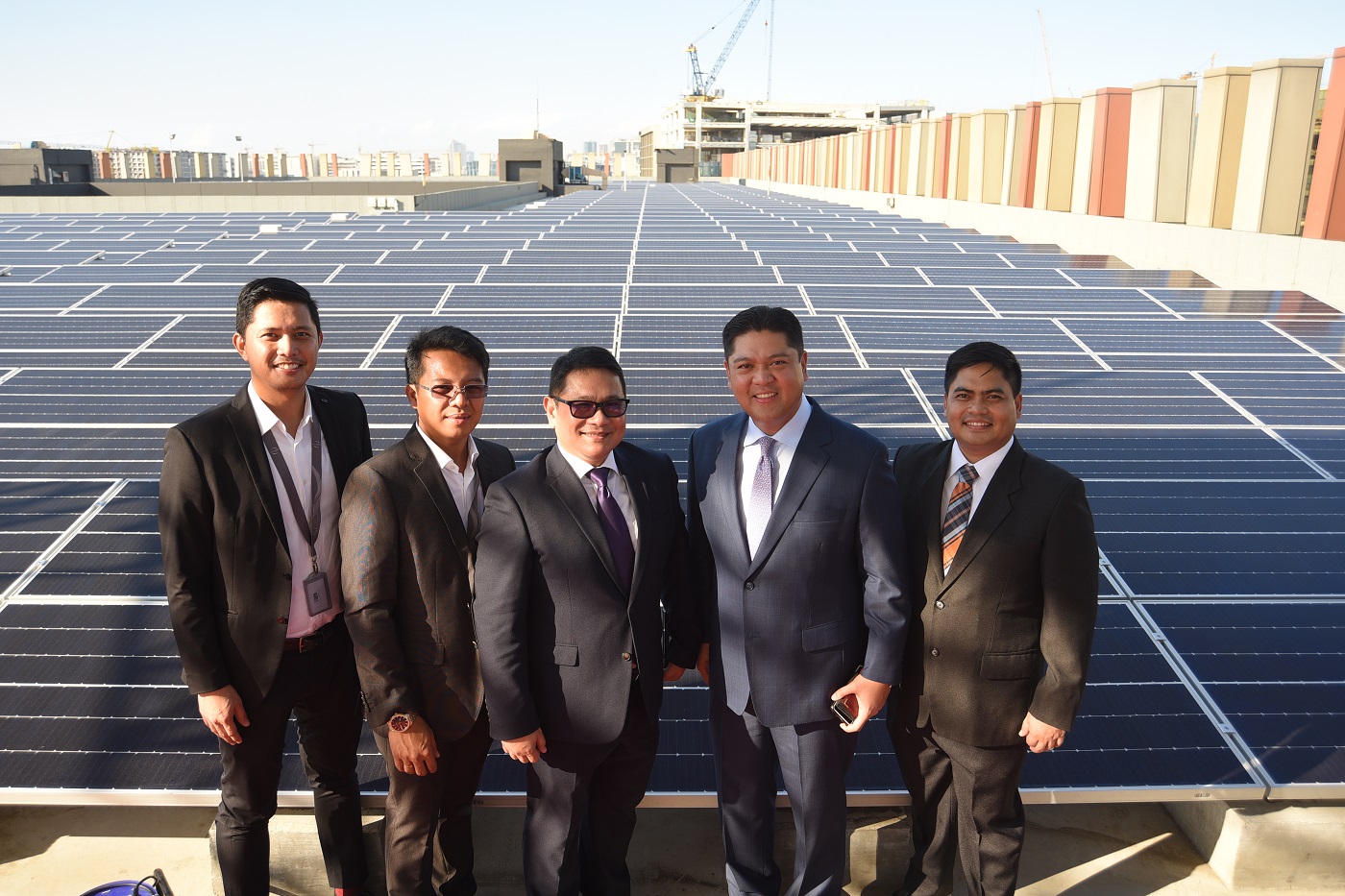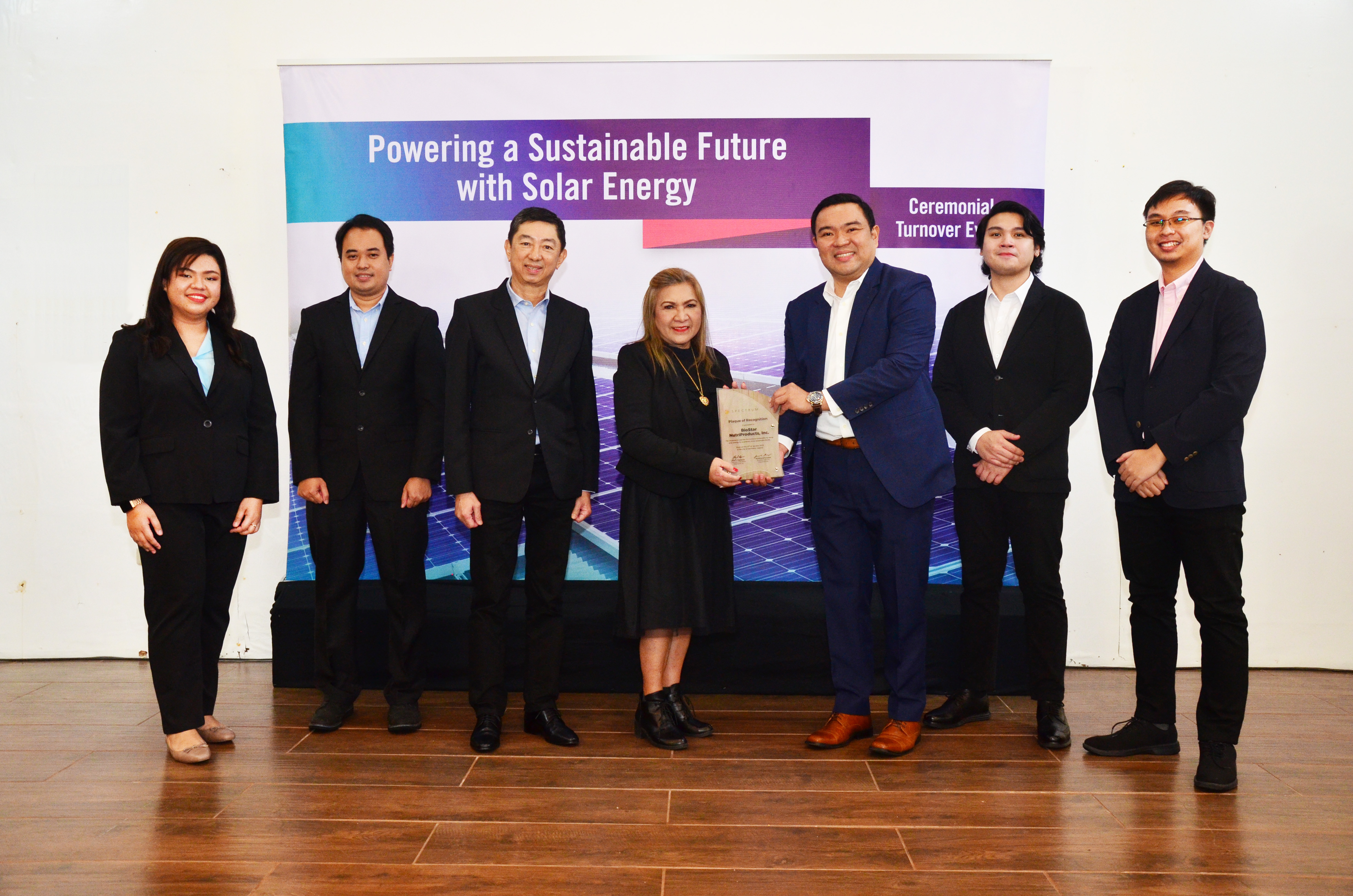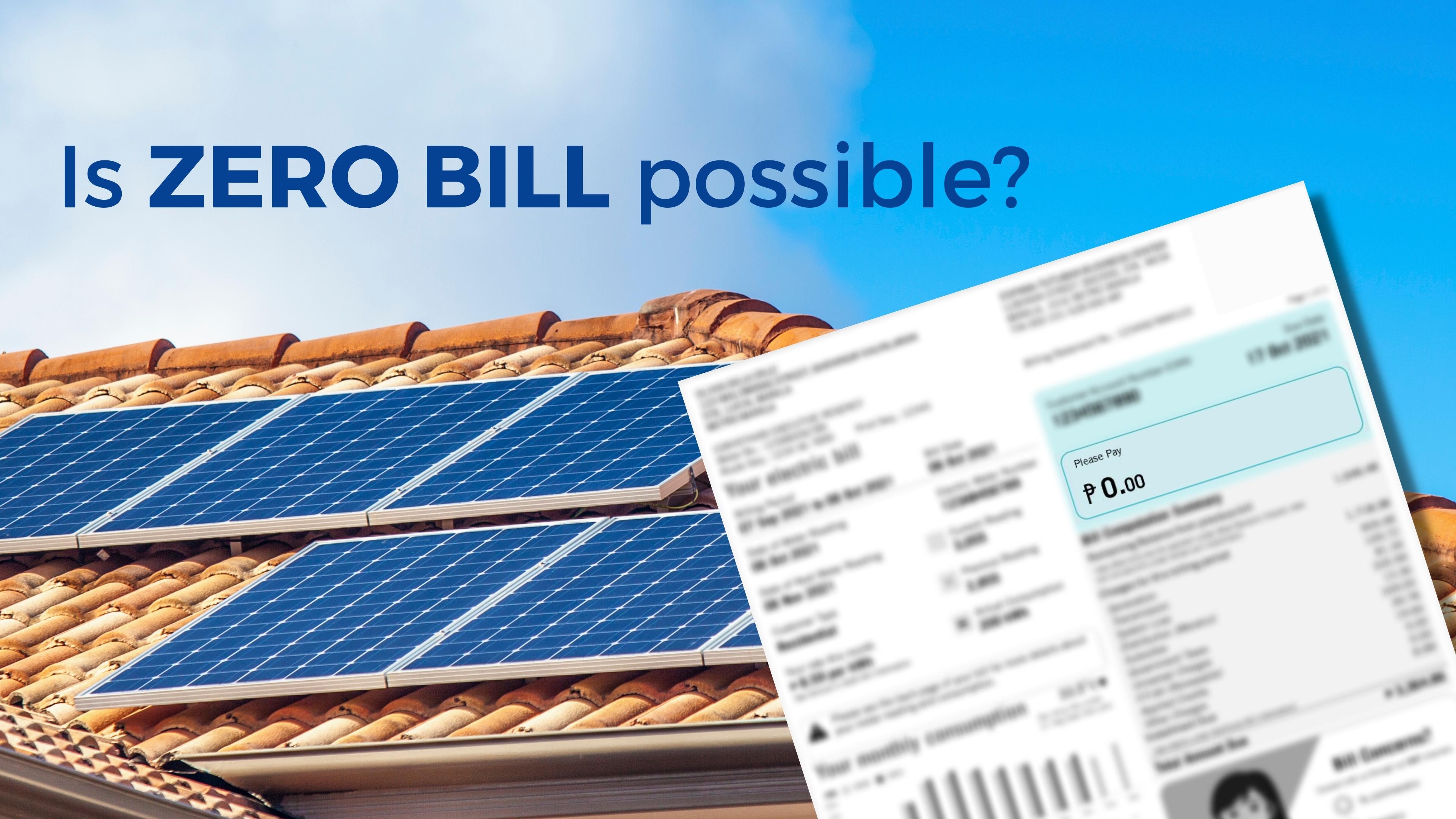Utilizing Solar Energy for Schools and Other Educational Institutes
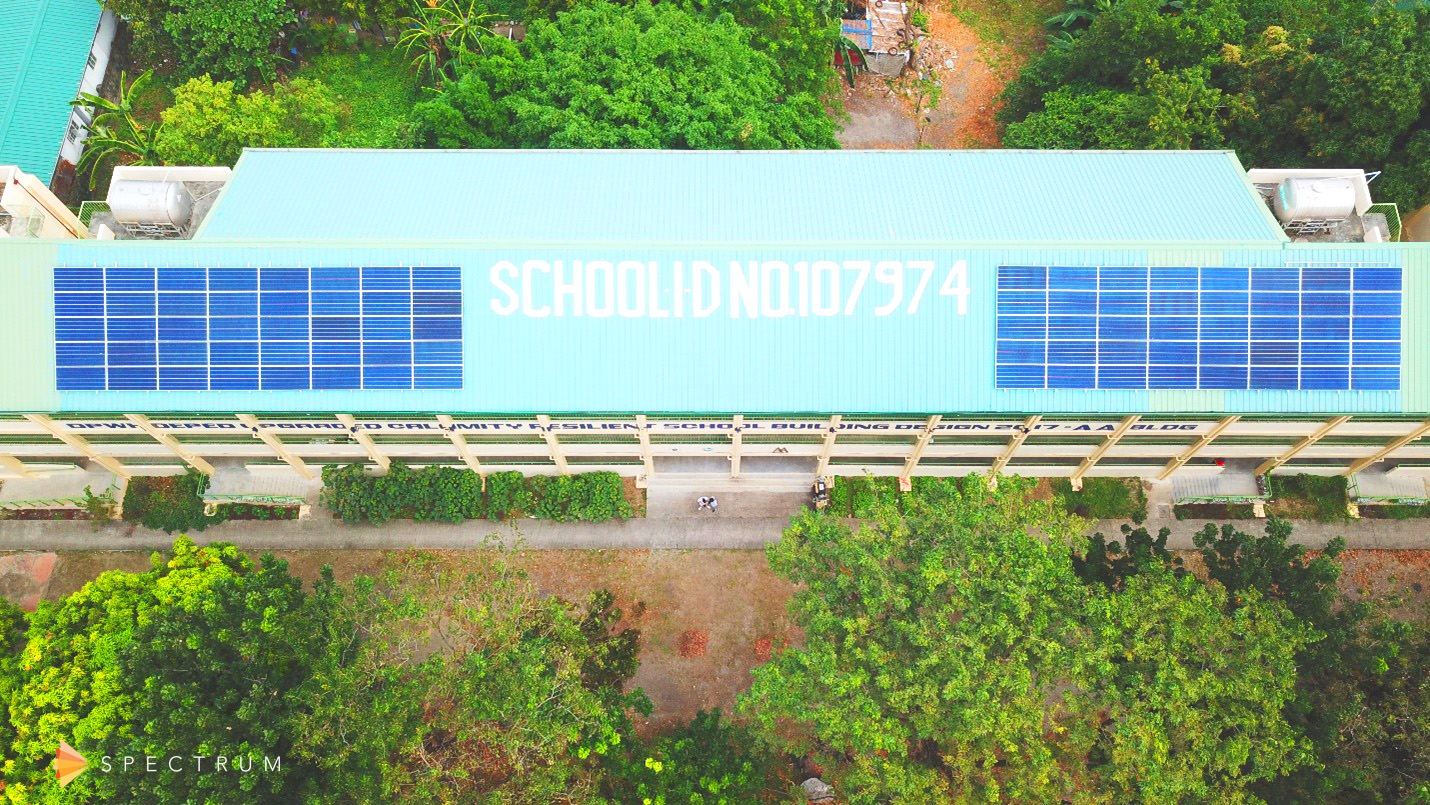
In many of our schools, we were taught that solar energy is one of the best renewable energy sources. It makes use of the power of the sun and doesn’t have any ill effects on the environment aside from needing ample space to set up the solar panel systems. But this is easily remedied by installing them onto the rooftops of existing buildings. Here they make use of underutilized spaces while acting as an alternative source of energy for that establishment.
Embracing solar rooftops is best for large establishments that need an alternative source of energy it is the safest, most accessible, and affordable RE option that is open to most buildings.
Educational institutions like schools, universities, and even research centers are some of the most ideal groups to get a solar installation! This is because often, these places have large--underused roof spaces that can be converted into solar generating facilities and operates during daytime.
Many schools in the Philippines nowadays have already reaped the rewards of getting a solar installation because they have realized its many benefits. For example, the government of Dasmarinas, Cavite has initiated an E-skwela Green Schools program that aimed to install solar generating systems in all public schools within the city.
To support the decision of these local government units regarding embracing solar, we’ve also listed down 4 key benefits of integrating solar installations to schools, universities, and other educational institutions.
Benefits of integrating solar energy to educational institutions
Reduced Energy Costs
The main reason why businesses, institutions, and other organizations get solar installations is to ultimately save on their electricity bills. This is because when you install a PV system on your roof and enroll it to the net metering program, you’ll be able to avail to their credit system wherein you are credited for excess power that you export to the grid, which will be very beneficial for schools especially since they do not operate on weekends, holidays and have limited operations during summer breaks.
By reducing the energy costs, you then get the option of reallocating the funds to different parts of the operations such as for better maintenance of school grounds, expansion of faculty and staff, general curricula improvements, and even more scholarship grants!
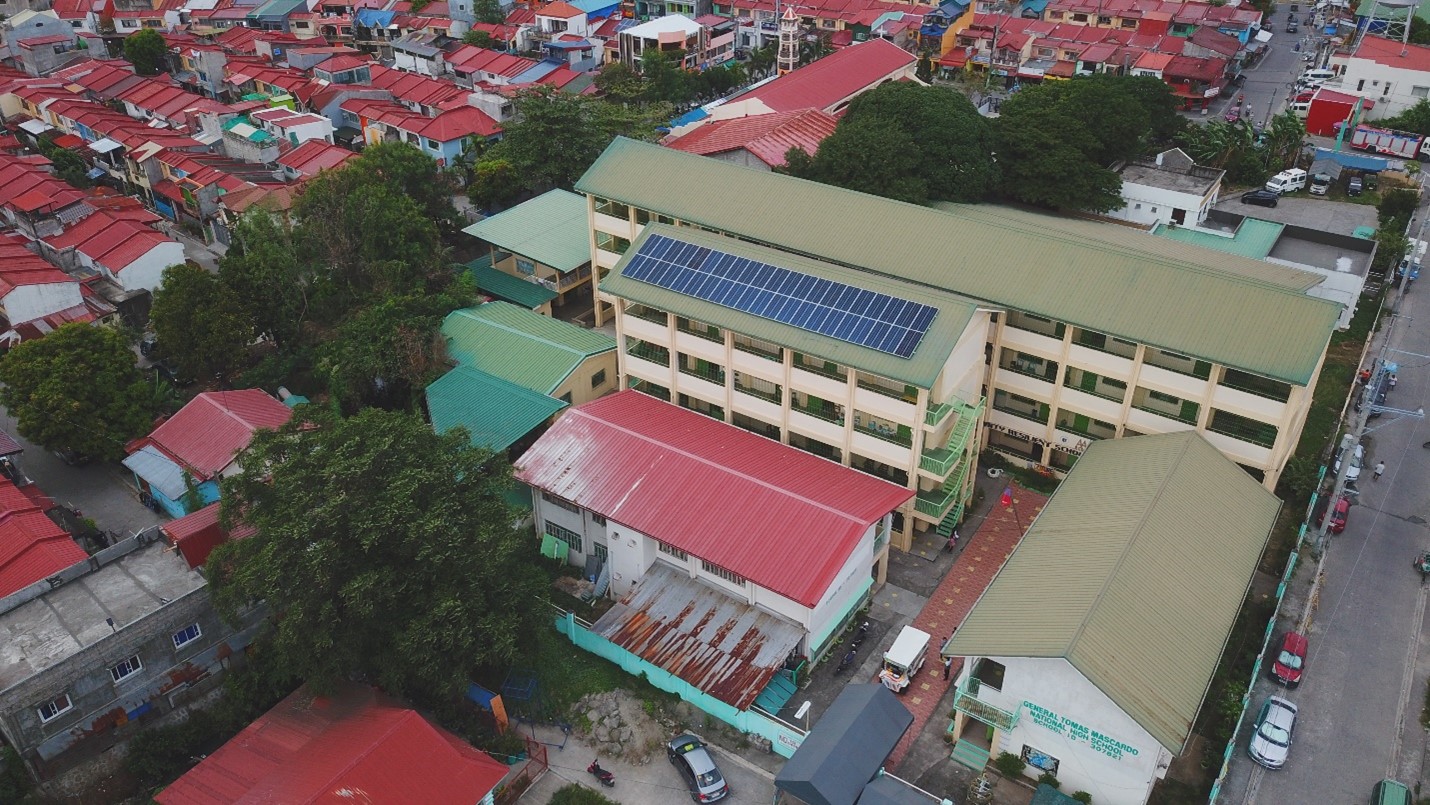
Increased Sustainability Efforts
The Philippines today is slowly working on transitioning to a more renewable energy (RE) oriented future. The government is already looking towards requiring businesses to go green and embrace an alternative source of energy – the most accessible of which currently is rooftop solar solutions.
“Ito na ang realisasyon ng isang pangarap. Pangarap lamang ito noong simula, pangarap kung saan gusto po nating ipakita, hindi lamang dito sa ating paaralan kundi pati [na rin] sa ating lungsod na ang mga nanunungkulan at ang buong mamamayan ng Imuseño ay mayroong totoong pagmamahal, pagbibigay importansya, at pangangalaga sa ating kapaligiran (It was a realization of a dream where we want to show not only in our school but throughout the city that our leaders and people of Imus care for our environment),” said Former Mayor Emmanuel Maliksi
Aside from the financial benefit of getting a solar installation, schools can ultimately help the existing power grid and the environment by generating its own electricity. The most prominent reason is because solar energy does not produce any greenhouse gases. It essentially reduces their carbon footprint which is one of the key factors to advocating solar energy. This also showcase how schools, businesses, and others who embrace solar ultimately lessen their environmental impact and help improve air quality through the integration of solar energy.
Improved Public Image / Reputation
Next to the numerical benefits that come with getting a solar installation is the fact that it is a major driver for sustainability efforts. Schools are in an even more unique situation because their influence can be felt by multiple generations. Educational institutions are usually known for their scholarly pursuits—the professors who teach there, the students who graduate from them, and the academic excellence that is built around years of teaching and developing the next generation.
With solar, and with any other sustainability effort- you add another perspective to their already stacked resume—as an advocate of sustainability and of a greener future. Furthermore, those who embrace RE join the many companies and/or organizations that can claim to be an advocate of a brighter and greener future through solar energy.
Hands-on educational opportunities
Schools with existing solar installations can use it as a learning apparatus for those want to learn more about renewable energy, and electrical engineering. It’s a great supplement to the typical classroom learning setup that all schools make use of.
Looking at the bigger picture, these solar panels can be used to teach students about the importance of sustainability. Climate change, diminishing fossil fuels, aggressive urbanization, and many other important issues are rampant in the world. The earlier we start teaching the next generation about claiming a greener future, the faster we can start embracing sustainability and keep our earth safe.
This is the case for Dasmarinas City Mayor Jennifer Barzaga, and her plans for installing solar in all the schools within the city.
"The objective of this initiative is not just to save money and help the environment, but also to serve as an inspiration and encouragement to our students to take part in caring for our environment,” Dasmariñas City Mayor Jennifer Barzaga said during the inauguration

Solar panel installations are indeed a great thing to have for schools because of all the opportunities that they provide. However, not all schools can immediately find a solar service provider and talk about the installation. Careful planning needs to be done. With the right strategy in mind, you can easily check off these things you must consider-- here are just three very important items you need to consider:
Considerations in integrating solar installations to schools
Solar requires an Initial Investment
… and a large one at that. Although the price of solar panel parts and products have gone down the past few years, it still requires a hefty investment (CAPEX) for large educational institutions. Things like solar panels and inverters on their own are very much affordable, but if we were to consider the scale of their projects—which is most likely based on the school or university’s consumption, costs can reach millions in pesos.
Fortunately, schools can ask help from many organizations—be it from their local government units, financial institutes or potentially even the Department of Education.
Need for Space and Structural Verification
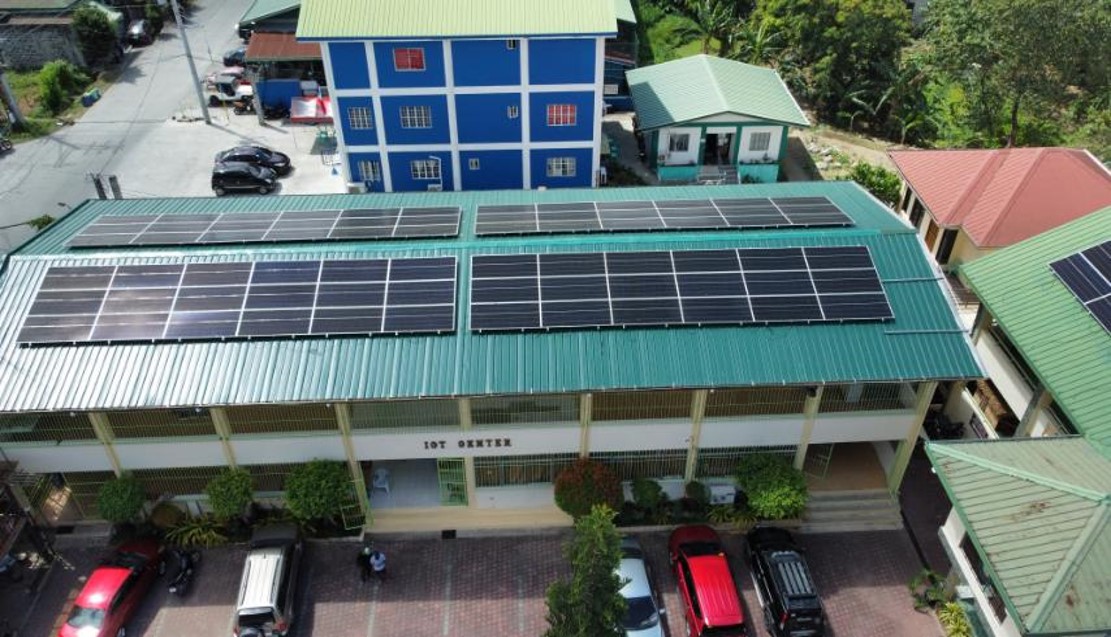
Solar installations require ample amount of space for large capacities. For example, if we’d use a 500Wp panel, for a 30kWp system, that will need 60 pieces of individual solar panels. Considering that a typical solar panel measures around 2.76sqm, that solar installation would require 165.6sqm of roof space. This does not include extra spacing for other provisions and for other safety standards.
In essence, the usable roof space of the school is a limiting factor on how large of a system can be installed. As such, it needs to be studied carefully so that maximization of the space without sacrificing safety standards can be done.
In addition, structural integrity needs to be considered since solar panels will add a large amount of weight to the building. It is important to ensure that the establishment can support the additional weight of the solar panels and the other materials part of it such as its mounting structures and cables.
Compliance to the Philippine Electrical Code and the Philippine Distribution Code
Integrating solar into your establishment means modifying its existing electrical system. As such, there is a need to validate the new electrical design with the latest version of the Philippine Electrical Code (P.E.C.) to ensure safety of the installation. This is accomplished through the school or university’s immediate Local government Unit (LGU).
Additionally, a distribution impact study (D.I.S.) needs to be done with the local distribution utility to ensure that all required safety and protective devices are in place. Doing so will warrant safe interconnection of the solar generating system and avoid potential disruptions to the electricity grid.
Need for proper Knowledge of Solar
This is a problem for people who are quick to jump on bandwagons or are too blindsided of the potential upside solar can give. Solar is a significant investment and without proper research of what it can and can’t provide, there might be high and inaccurate expectations from the side of the customer.
There are many online resources detailing how solar generating facilities work and what customers can get from them. Alternatively, a reputable and trustworthy solar provider will be more than happy to educate you along the process of getting a solar installation.
Experts like Spectrum can provide you with all the information you need. Our end-to-end service encapsulates everything needed for you to get your very own solar installation. From the on-site inspections, design and engineering, procurement all the way to implementation of the installation. Spectrum will handle all of your requirements for you.
Spectrum offers tailor-fit solutions for industrial, commercial, and residential customers through an in-depth understanding of energy consumption behaviors and strategic partnerships with world-class technology partners.
Backed by Meralco's energy expertise and proven safety track record, the renewable company has been providing services and solutions that help customers reduce their costs while taking part in saving the planet.
Share this article:







